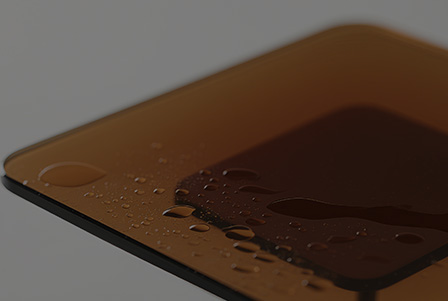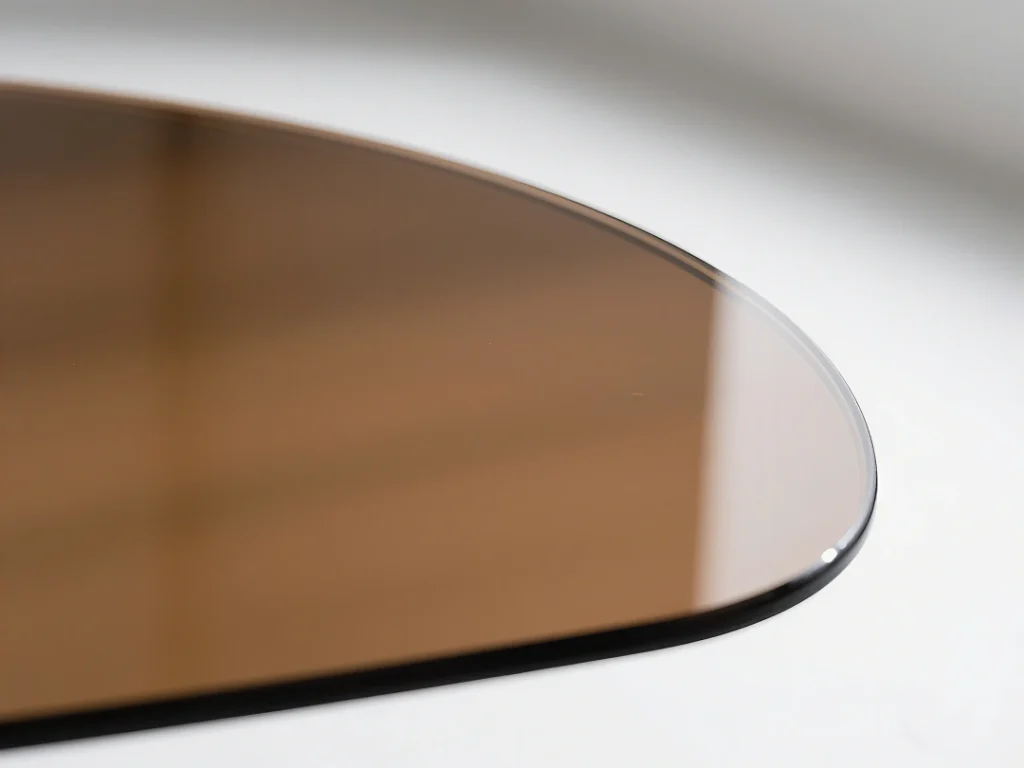Glass

Glass performance
Outdoor furniture employs specially treated glass, such as tempered glass, which features high transparency to showcase design details and enhance visual appeal. Tempered glass offers superior impact resistance and safety compared to ordinary glass, along with excellent weather resistance – it withstands extreme temperature changes without cracking due to thermal stress. Commonly used for dining table surfaces, it provides a stable and elegant platform for outdoor meals and activities.
Glass Maintenance guide
Daily Cleaning
Outdoor glass surfaces are highly prone to attracting dust and stains. For daily cleaning, first use a soft dry cloth or an electrostatic dusting brush to gently brush away surface dust in the same direction, avoiding dust particles from scratching the glass due to friction. If there are ordinary stains on the glass surface, prepare warm water at around 40°C and add a small amount of mild neutral glass cleaner. Stir well, then immerse a clean soft cloth into the solution and wring it to a semi-dry state. Gently wipe the glass surface with light, non-repetitive motions to prevent stains from spreading or scratching the glass. After wiping, immediately use a clean damp cloth dipped in water to wipe again to remove cleaner residues. Finally, dry the glass with a dry cloth or suede to prevent water stains from forming and affecting the glass's transparency.

Special Stain Treatment
- Oil Stains: When the glass is stained with oil, first spray a glass-specific degreaser on the oil-stained area and let it sit for 3–5 minutes to allow the degreaser to fully break down the grease. Then gently wipe with a soft cloth. For stubborn oil stains, use a soft plastic scraper at a 45-degree angle to gently scrape from the edge of the stain toward the center, and then perform a second cleaning with a cleaning solution to ensure all oil stains are removed.
- Water Stains: Long-standing water stains can easily form stubborn water scale on the glass surface. Use a solution mixed with white vinegar and water in a 1:1 ratio, spray it on the water-stained area, let it sit for 5–10 minutes, then wipe with a soft cloth. Finally, rinse with clean water and dry.
- Stubborn Stains like Bird Droppings: For dried stains such as bird droppings, do not scrape directly with force. First, cover the stain with a damp cloth to soften it for a few minutes, then gently wipe. If residue remains, use a small amount of glass cleaner to assist with cleaning, avoiding sharp tools that could damage the glass surface.
Daily Maintenance
- Avoid Hard Object Scratches: Glass surfaces have limited hardness. Keep sharp objects (such as knives, metal keys, etc.) from direct contact with the glass. Place items gently to prevent scratching the glass surface, which affects aesthetics and service life.
- Prevent Sudden Temperature Changes: Although glass has some heat resistance, sudden high or low temperature changes may cause it to crack. Avoid placing just-cooked hot pots or kettles directly on the glass surface—use heat-insulating pads instead. In cold weather, do not rinse icy glass with hot water to prevent cracking due to excessive temperature differences.
Long-Term Storage Protection: During cold seasons or long periods of non-use, cover the glass surface with a soft dust-proof cloth to prevent dust accumulation and scratches.

